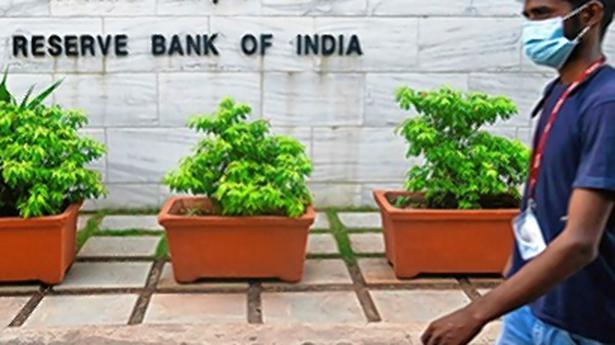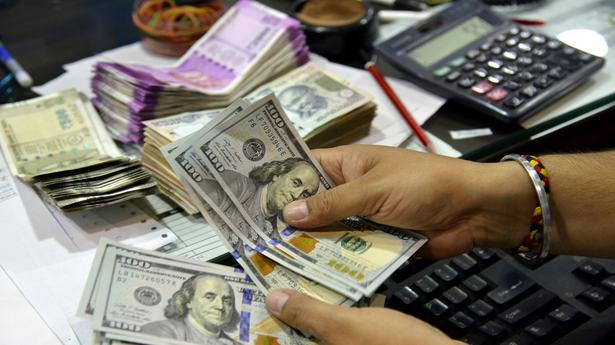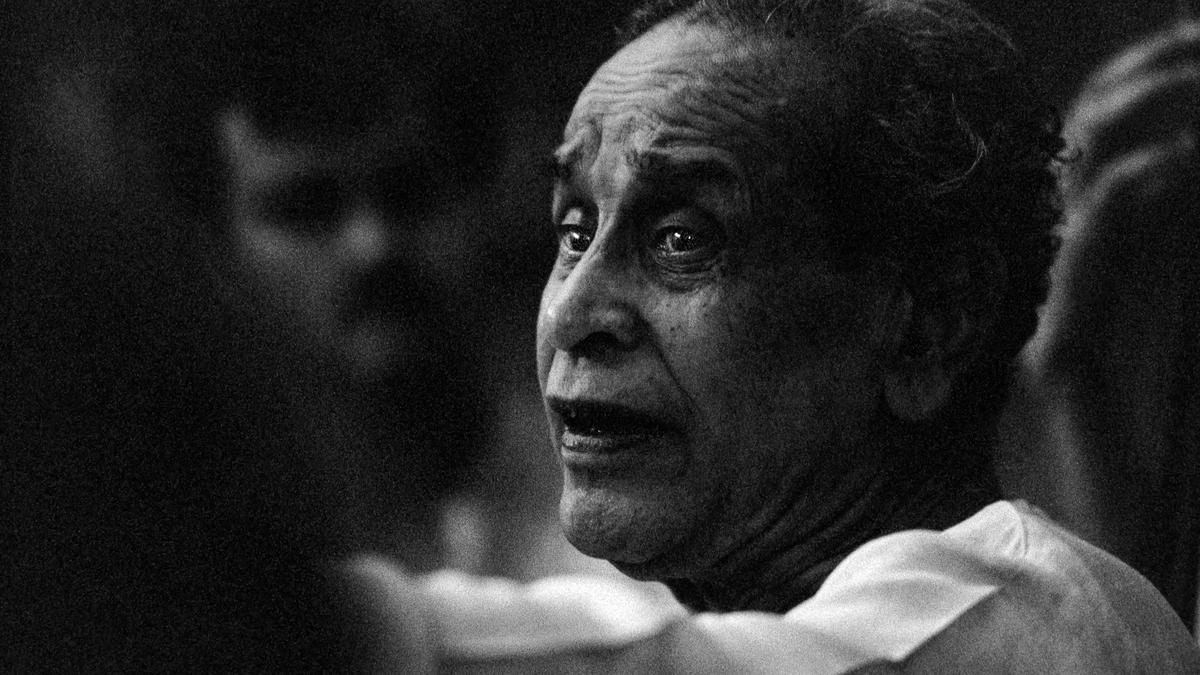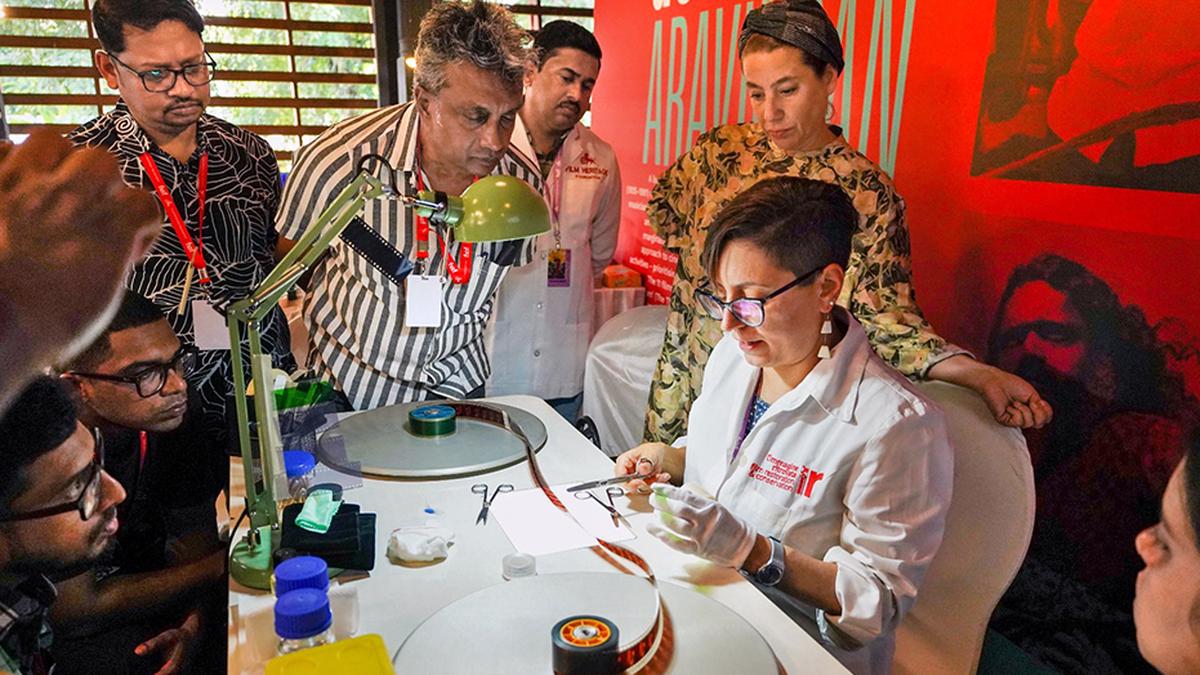Reserve Bank of India (RBI) Governor Shaktikanta Das stressed on Friday that while the central bank was committed to ensuring that the rupee finds its level in line with its fundamentals and does not target any particular level for the rupee, it would intervene decisively to iron out any volatile or bumpy movements in the currency’s exchange rate.
“I would like to reiterate that we have no particular level of the rupee in mind, but we would like to ensure its orderly evolution and we have zero tolerance for volatile and bumpy movements,” Mr. Das said, referring to the RBI’s stance on the rupee’s recent depreciation against the U.S. dollar, while addressing a banking conference in Mumbai.
Asserting that the Indian rupee was ‘holding up well relative to both advanced and emerging market peers’ due to India’s ‘underlying fundamentals being strong, resilient and intact’, Mr. Das said the RBI’s actions, including measures to encourage inflows, had ensured that the rupee’s movements had been relatively smooth and orderly.
“By eschewing sudden and volatile shifts, we have ensured that expectations remain anchored and the forex market functions in a stable and liquid manner,” he added.
Underscoring the need to recognise that spillovers from global monetary policy tightening, the geopolitical situation, the still elevated commodity prices especially of crude oil, as well as the lingering effects of the pandemic had all combined to affect currencies worldwide, Mr. Das observed: “Even reserve currencies such as the Japanese yen, the euro, and the British pound sterling have not been spared”.
“Portfolio funds are selling off assets and fleeing to safe haven. Emerging market economies (EMEs) are particularly affected by capital outflows, currency depreciations and reserve drawdowns, complicating macroeconomic management in these countries,” he noted.
Mr Das said the impact of these overwhelming spillovers on India had been relatively modest.
Emphasising that the ecnomic recovery was gradually strengthening, he said “current account deficit is modest. Inflation is stabilising. The financial sector is well-capitalised and sound. The external debt to GDP ratio is declining. The foreign exchange reserves are adequate.”
The Governor said in recognition of the fact that there was a genuine shortfall of supply of forex in the market relative to demand because of import and debt servicing requirements and portfolio outflows, the RBI had been supplying dollars to the market to ensure that there was adequate forex liquidity.
“After all, this is the very purpose for which we had accumulated reserves when the capital inflows were strong. And, may I add, you buy an umbrella to use it when it rains!” he said.
Highlighting that a ‘predominant part’ of the outstanding external commercial borrowings was effectively hedged, he said according to the latest Financial Stability Report of the RBI, out of the outstanding ECBs of $180 billion, 44% or $79 billion was unhedged.
This included about $40 billion liabilities of public sector companies — mainly in the petroleum, railways and power sectors — which had assets with a natural hedge character. Besides, being public sector entities, their foreign exchange risk — if any — could be absorbed by the government, Mr. Das said..
“The remaining $39 billion ECB represents 22% of the total ECBs outstanding. Even this includes borrowings of those companies which have a natural hedge, i.e. earnings in foreign currencies. This would leave a very small portion of the total outstanding ECBs that are truly unhedged,” he observed.
“Corporate entities eventually face a trade-off: if they hedge their forex exposure completely, the cost of borrowing goes up and the advantage of cheaper borrowing in foreign currency is lost. On the other hand, to the extent they do not hedge, debt servicing can go up when the exchange rate is under pressure,” he added.
This has led to the concept of the optimal hedge ratio, which calculates the proportion of hedging that minimises the variance of the portfolio.
“For India, our internal research estimates the optimal hedging ratio at 63%. Taking into account natural hedges and the exposure of public sector companies, the optimal hedge ratio condition is comfortably satisfied in the case of the stock of ECBs in India’s external debt,” he explained.
Mr. Das also said retail inflation appeared to have peaked and the Monetary Policy Committee (MPC) would in its upcoming meeting in August review the inflation projection of 6.7% for the fiscal year ending in March 2023, Press Trust of India reported.






